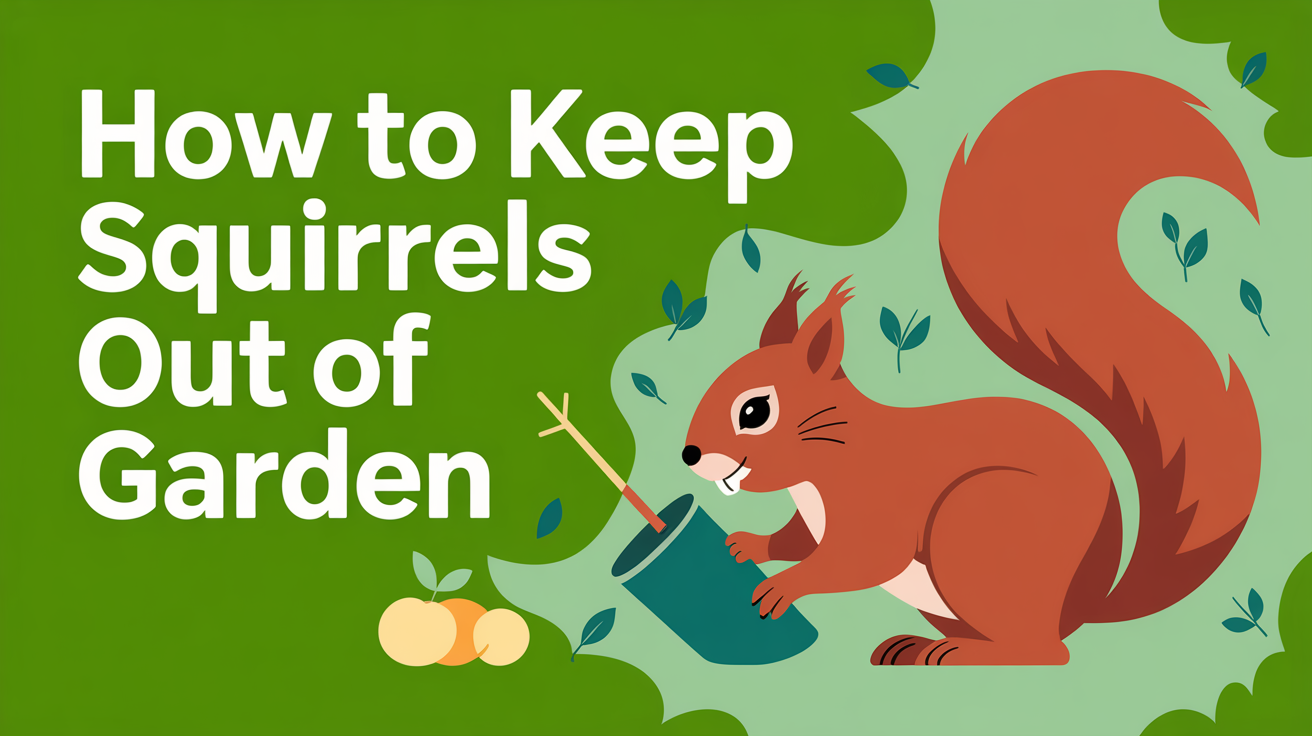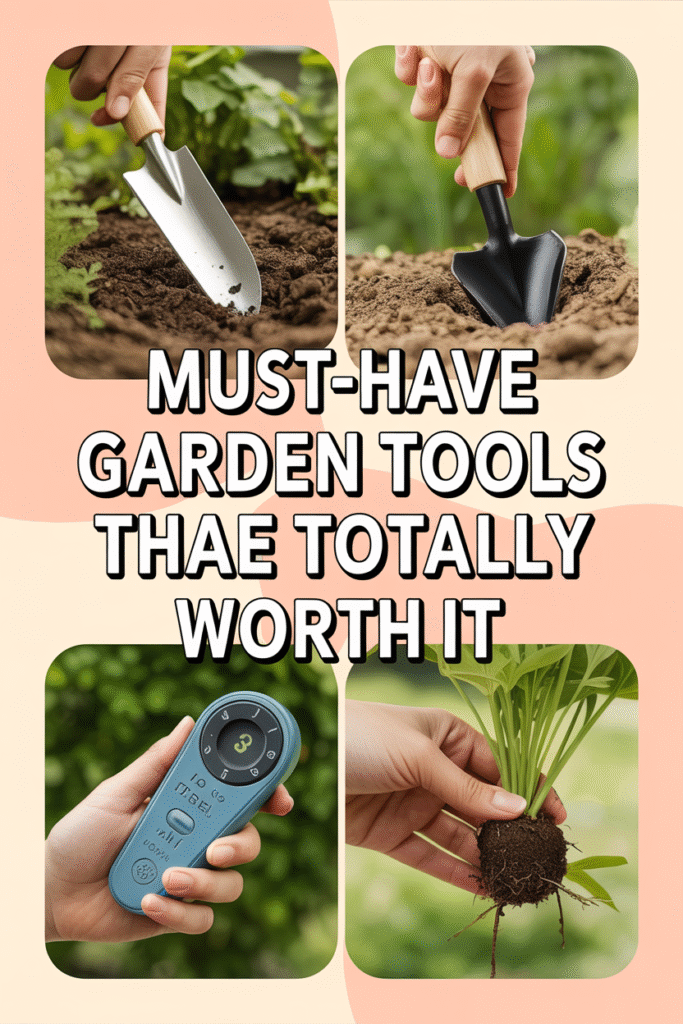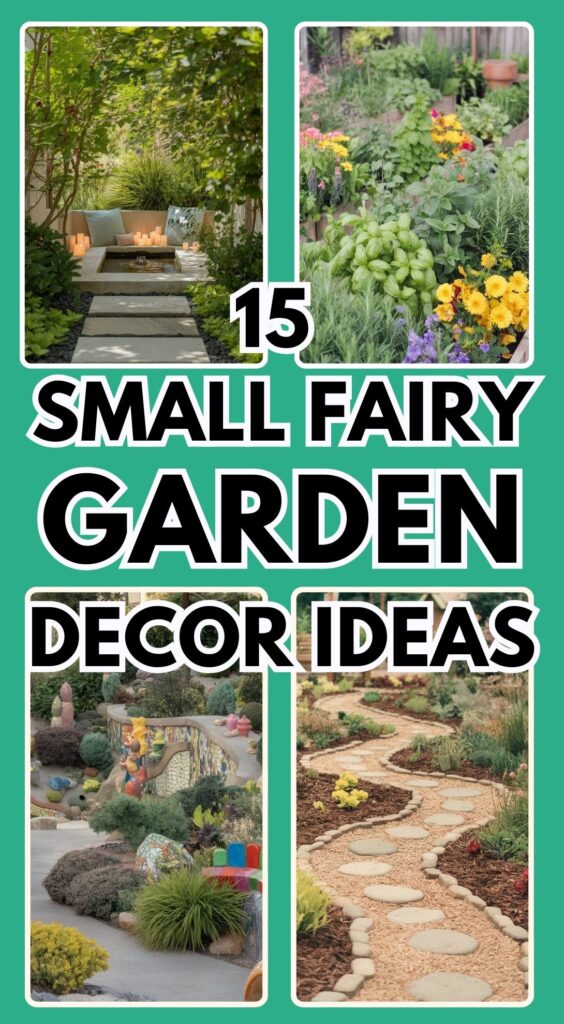Imagine waking up one morning, excited to check on your thriving vegetable patch, only to find half-eaten tomatoes scattered like confetti and your prized sunflowers stripped bare. It’s a frustrating scene many gardeners know all too well—squirrels turning your hard work into their personal buffet. Did you know that these furry invaders can destroy up to 30% of a garden’s harvest in severe cases? If you’re searching for how to keep squirrels out of garden spaces without resorting to harmful tactics, you’re in the right place. This comprehensive guide dives into humane, effective strategies to protect your plants and produce. We’ll explore everything from understanding why squirrels target gardens to practical barriers, natural remedies, and long-term solutions. Whether you’re a beginner dealing with your first squirrel raid or an experienced gardener seeking advanced tips, you’ll find actionable advice to reclaim your outdoor oasis. Let’s get started on making your garden squirrel-proof the smart, kind way.
How to Keep Squirrels Out of Garden: Understanding the Problem
Before diving into solutions, it’s crucial to grasp why squirrels invade gardens in the first place. These clever critters are opportunistic foragers, drawn to easy food sources like nuts, seeds, fruits, and vegetables. In urban or suburban areas, where natural habitats shrink, your garden becomes an irresistible target—think of it as an all-you-can-eat diner for them.
Squirrels aren’t just nibbling; their behaviors can cause widespread damage. They dig up bulbs to bury acorns, uproot young plants while searching for insects, and munch on ripening produce, often leaving half-eaten remnants behind. Seasonal factors play a role too: in spring, they’re after tender shoots; summer brings fruit raids; and fall sees increased activity as they stockpile for winter. Recognizing these patterns helps tailor your deterrence efforts effectively.
A common misconception is that squirrels are purely destructive pests, but they’re simply surviving. Humane ways to deter squirrels from garden areas focus on redirection rather than harm, ensuring a balanced ecosystem where birds and beneficial insects thrive alongside your plants.
Physical Barriers: The First Line of Defense
One of the most reliable methods for how to keep squirrels out of garden beds is installing physical barriers. These create an impenetrable shield, preventing access without affecting wildlife negatively. Start with fencing: opt for hardware cloth or chicken wire buried at least 6 inches underground to stop digging, and extend it 2-3 feet high with an outward slant to deter climbing.
Netting and row covers offer flexible protection for specific areas. Drape bird netting over fruit trees or vegetable rows, securing it tightly to the ground with stakes or clips. For raised beds, consider floating row covers made from lightweight fabric—they allow sunlight and water through while keeping squirrels at bay. These are especially useful for protecting seedlings in early spring.
If squirrels persist, combine barriers with other tactics. For instance, enclose a small herb garden in a wire mesh cage for ultimate security. Remember, regular inspections are key; check for gaps or wear, as squirrels are persistent problem-solvers. This approach not only safeguards your harvest but also teaches beginners the value of proactive prevention.
Natural Squirrel Repellents for Gardens
For those preferring eco-friendly options, natural squirrel repellents for gardens harness scents and tastes that squirrels dislike. Capsaicin from hot peppers is a standout—mix cayenne pepper with water and a dash of dish soap to create a spray. Apply it to plants after rain, as it washes off easily, and reapply every few days for best results.
Garlic and peppermint oil are other potent choices. Crush garlic cloves in water for a pungent spray, or dilute peppermint essential oil and mist around garden borders. These work by overwhelming squirrels’ sensitive noses, encouraging them to forage elsewhere. Drawbacks include the need for frequent applications, especially in wet climates, but they’re safe for pets and pollinators when used sparingly.
Experiment with combinations for enhanced efficacy. A vinegar-based repellent infused with onions can double as a multi-pest deterrent. Always test on a small plant area first to avoid leaf burn. These natural methods appeal to environmentally conscious gardeners, providing humane ways to deter squirrels from garden without chemicals.
Humane Ways to Deter Squirrels from Garden
Emphasizing kindness, humane ways to deter squirrels from garden involve scaring or redirecting them gently. Motion-activated sprinklers are a favorite—they detect movement and release a burst of water, startling squirrels without harm. Position them near vulnerable areas like berry bushes for targeted protection.
Decoys mimic predators: place fake owls or snakes strategically, moving them every few days to prevent squirrels from catching on. Noise devices, like wind chimes or ultrasonic repellers, emit high-frequency sounds inaudible to humans but irritating to squirrels. These are ideal for larger yards where constant monitoring isn’t feasible.
Providing alternatives can work wonders. Set up a squirrel feeder far from your garden with nuts or corn, drawing them away from your plants. This “distraction feeding” satisfies their needs humanely. For advanced users, integrate these with habitat changes, like trimming overhanging branches that serve as squirrel highways into your garden.
Best Squirrel-Proof Garden Barriers
Building on physical defenses, the best squirrel-proof garden barriers combine durability with ease of use. Collapsible cloches or domes protect individual plants, like young tomatoes, from nibbles. Made from clear plastic or mesh, they allow growth while blocking access—perfect for beginners starting small.
For comprehensive coverage, invest in electric fencing if local regulations allow; low-voltage options deliver a mild shock that’s safe but effective. Alternatively, thorny mulches like pine cones or rose clippings around plant bases discourage digging. These natural barriers blend seamlessly into garden aesthetics.
Compare options in a quick table for clarity:
| Barrier Type | Pros | Cons | Best For |
|---|---|---|---|
| Wire Fencing | Durable, long-lasting | Installation effort | Large gardens |
| Bird Netting | Affordable, flexible | Can snag on plants | Fruit trees |
| Cloches | Easy to deploy | Limited coverage | Seedlings |
| Electric Fence | Highly effective | Higher cost | Persistent issues |
Choose based on your garden size and squirrel pressure, layering multiple types for robust protection.
How to Protect Plants from Squirrels
Focusing on specific vulnerabilities, how to protect plants from squirrels starts with strategic planting. Surround edibles with strong-scented companions like marigolds or alliums—their odors repel squirrels naturally. For bulbs, plant daffodils or hyacinths, which are toxic to squirrels and left untouched.
Mulching wisely helps too. Apply a layer of gravel or sharp-edged mulch to deter digging, as squirrels prefer soft soil. In vegetable gardens, elevate pots on stands or use hanging baskets for herbs, keeping them out of reach. These tweaks make your garden less appealing without major overhauls.
Troubleshoot returns by observing patterns—if squirrels target one area, reinforce it with combined methods like netting plus repellents. Seasonal adjustments matter: in fall, cover soil to prevent nut burial. This holistic approach ensures your plants thrive, addressing common frustrations head-on.
DIY Squirrel Deterrents for Vegetable Gardens
Get hands-on with DIY squirrel deterrents for vegetable gardens that are budget-friendly and fun to make. A simple spicy spray: blend 1 tablespoon cayenne, 1 chopped onion, and 1 jalapeno in a quart of water; strain and spray. This targets taste buds, making veggies unpalatable.
Craft reflective deterrents from old CDs—hang them on strings to spin and flash light, scaring squirrels away. For ground protection, scatter used coffee grounds (despite myths of ineffectiveness, they work short-term by masking scents). Reapply after watering.
Step-by-step for a barrier teepee:
- Gather sturdy branches or bamboo poles.
- Form a teepee over plants, tying tops together.
- Wrap with chicken wire or netting.
- Secure base with rocks.
These projects empower beginner gardeners while offering customization for pros, like adding essential oils for extra potency.
Motion-Activated Devices to Protect Plants from Squirrels
Tech-savvy solutions shine with motion-activated devices to protect plants from squirrels. Sprinklers, as mentioned, provide immediate deterrence through surprise water jets. Models with adjustable sensitivity prevent false triggers from wind or small animals.
Ultrasonic repellents emit varying frequencies to avoid habituation, covering up to 5,000 square feet. Pair them with solar-powered lights that flash at night, disrupting nocturnal forays. These devices are low-maintenance, ideal for busy gardeners.
Potential drawbacks include battery life in cloudy weather or startling beneficial wildlife—test placements carefully. For advanced integration, connect to smart home systems for remote monitoring. Combining with natural repellents amplifies results, creating a multi-layered defense.
Long-Term Prevention and Maintenance
Sustaining a squirrel-free garden requires long-term prevention and maintenance. Modify habitats by removing attractants: clean up fallen fruits promptly and secure compost bins. Trim trees to eliminate launch points, reducing aerial access.
Incorporate squirrel-resistant varieties ongoing—plant mint borders or garlic rows annually. Rotate repellents to prevent adaptation; switch from pepper sprays to peppermint monthly. Seasonal strategies: bolster barriers in fall for nut season and lighten up in winter when activity dips.
Address myths head-on: coffee grounds aren’t foolproof, often losing efficacy quickly, and mothballs are ineffective plus harmful to soil. If integrating with other pest control, ensure methods like companion planting benefit multiple issues. Regular garden walks spot early signs, allowing quick adjustments for lasting success.
FAQs About Keeping Squirrels Out of Garden
What are the best natural squirrel repellents for gardens?
Natural squirrel repellents for gardens include hot pepper sprays, garlic infusions, and peppermint oil mixtures. These work by irritating squirrels’ senses without harm. Apply weekly or after rain for effectiveness, and combine with barriers for better results. Always use organic ingredients to keep your garden eco-friendly.
Are there humane ways to deter squirrels from garden without traps?
Yes, humane ways to deter squirrels from garden focus on scaring or redirecting them. Use motion sprinklers, predator decoys, or alternative feeders stocked with nuts away from your plants. These methods respect wildlife while protecting your space—avoid anything that could injure animals.
What are the best squirrel-proof garden barriers?
The best squirrel-proof garden barriers are wire fencing buried underground, bird netting over crops, and protective cloches for individual plants. They physically block access and are durable for long-term use. Choose based on your garden layout, ensuring no gaps for sneaky entries.
How to protect plants from squirrels in fall?
To protect plants from squirrels in fall, when they’re burying nuts, cover soil with mulch or netting to prevent digging. Reinforce barriers around bulbs and harvest produce promptly. Add extra repellents like cayenne to deter increased activity during this stockpiling season.
Do DIY squirrel deterrents for vegetable gardens really work?
DIY squirrel deterrents for vegetable gardens, like spicy sprays or reflective hangers, can be effective when applied consistently. They offer affordable customization but may need combining with other strategies for stubborn squirrels. Experiment to find what suits your setup best.
Is coffee grounds a reliable way to keep squirrels out?
Coffee grounds are a popular myth but not always reliable for keeping squirrels out—they may deter briefly due to smell but lose potency quickly. Better options include proven repellents like peppers. Use grounds as mulch for soil benefits, not primary deterrence.
Can motion-activated devices alone solve squirrel problems?
Motion-activated devices help protect plants from squirrels but work best in combination. They startle intruders effectively, yet persistent squirrels might adapt. Layer with natural repellents and barriers for comprehensive coverage, especially in high-activity areas.
What plants naturally repel squirrels?
Plants like marigolds, mint, alliums, and daffodils naturally repel squirrels with strong scents or tastes. Plant them as borders around edibles for added protection. This companion planting enhances garden biodiversity while deterring unwanted visitors humanely.
Conclusion
Keeping squirrels out of your garden doesn’t have to be a battle—it’s about smart, humane strategies that work with nature. From physical barriers and natural repellents to DIY projects and tech devices, combining methods ensures lasting protection for your plants. Remember key takeaways: understand squirrel behavior, act seasonally, and maintain consistently for the best results. Implement these tips today, and watch your garden flourish without furry interruptions. Share your success stories or questions in the comments below—we’d love to hear how you outsmarted the squirrels! For more gardening insights, check our guide to natural pest control methods. Your squirrel-free haven awaits.







